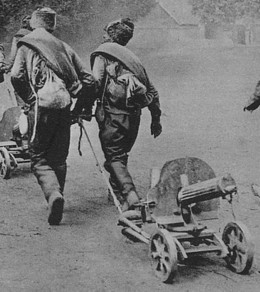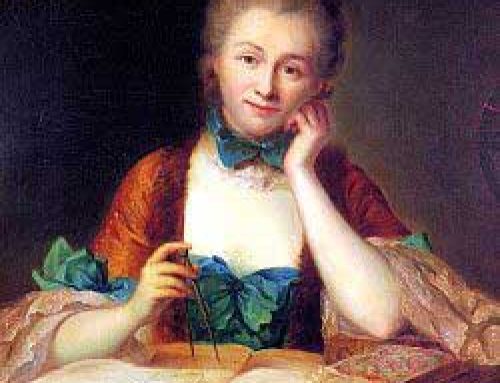
Vasco da Gama and Columbus used ships like these
During the 1500s AD, the people of Europe got much richer than they had been in the Middle Ages. With the collapse of the Mongol Empire, European traders gave up on trying to reach India and China overland. The Islamic kingdoms of West Asia were too much in the way. They changed direction and started to trade with India and China by sailing there instead. They started to trade with North America and South America as well. All this new trade brought a lot of money to the kings of Europe. So they got more powerful and were able to control their countries directly, instead of through a feudal system. The Holy Roman Emperor, through his control of Spain, had the most power. Spain controlled most of the sailing ships and most of South America and a lot of North America.

Catherine de Medici, Queen of France
But by the 1600s, Spain was a different country from the Holy Roman Empire. And both were up against the increasing power of the French king, Louis XIV. First France won first the Thirty Years War. Then they won the War of the Spanish Succession. In England, the kings took more and more power to form a centralized state government. But rich men began to work towards a government where the people would be the final control.
The idea that power should be in the hands of the people spread to France during the 1700s. It led to the French Revolution. Europe slowly lost control of North America, thanks to the French and Indian War and the American Revolutionary War. That made Europe poorer than it had been before. Europe (especially England) tried to fix this by conquering more land in Africa and India, and throughout South-East Asia.

French women revolutionaries march on the king’s palace at Versailles
The French Revolution scared many other kings in Europe into declaring war on France, and in return Napoleon began the 1800s by trying to unite all of Europe into one big French empire. His effort failed, and during the 1800s, change came mainly from industrialization, as more and more people left their farms and moved to the cities to work in factories. But the trend toward centralized power continued as both Italy and Germany formed into nations, and the Austro-Hungarian Empire continued to hold a great deal of central Europe. Thanks to the money taken from India, Africa, South America and Australia, Europe was also very rich. More and more, power moved away from the kings and came into the hands of republican elected governments.

A Russian machine gun
In the 20th century these twin trends of industrialization and centralized power came together to cause two catastrophic wars, which we call World War I and World War II. The centralized governments were able to muster millions of men for their armies, and the new industrialized weapons like bombs and machine guns were able to kill millions of men too. Once those wars were over, the European rulers had lost nearly all of their overseas land.
The people of Europe really wanted to avoid any more wars. They began to slowly put together a federal state that would centralize power across all of Europe to prevent any more European wars. By the end of the 20th century, the European Community had succeeded in bringing prosperity, peace, and republican government to Europe, though Europe was struggling to adjust to many new immigrants coming to live in Europe from India, Pakistan, Turkey, and Africa.
